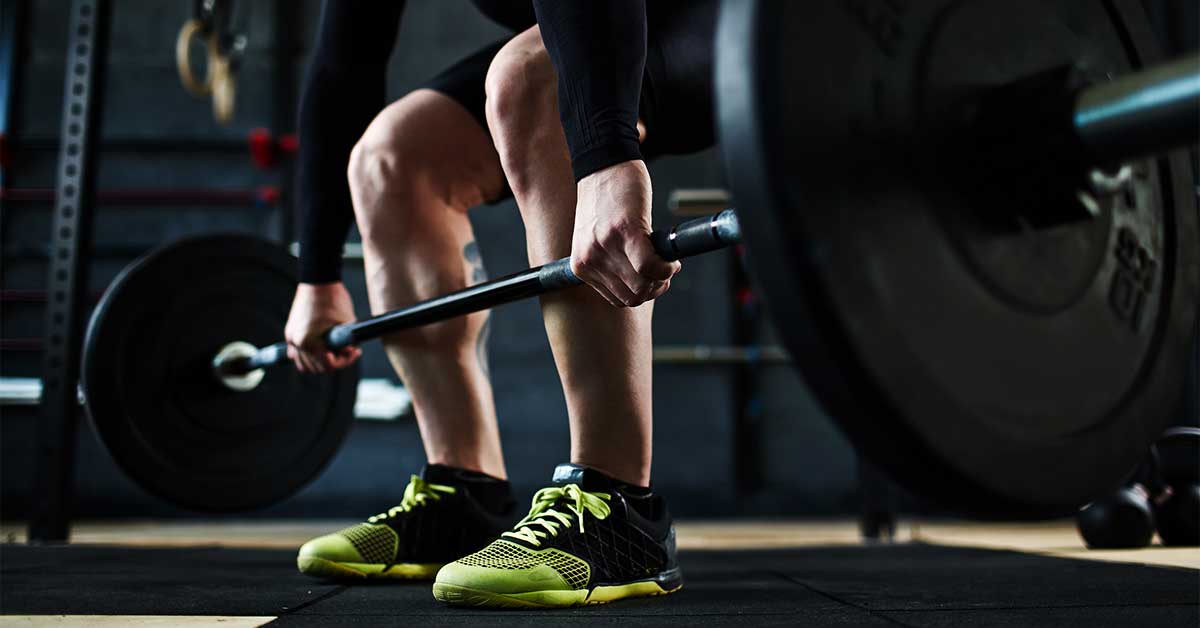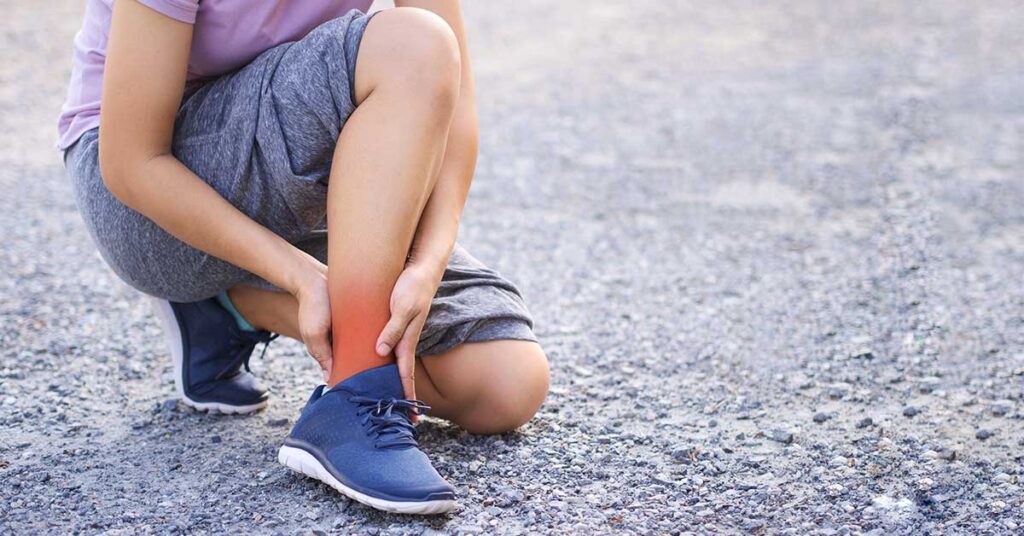
We have talked in many articles about training, about nutrition, about supplements, about lifestyle and so on . A topic that I haven’t really discussed much with you yet, but that there are very strong opinions about it, is the use of training material. Today I want to talk to you about shoes. Which shoes are actually really good for which purposes? Groups of people swear by sneakers, others by all-stars because of the flat soles and still others claim that barefoot / socks is the best thing you can do. I myself have (had) an opinion about this, but for this subject I did some research before I wanted to throw my unventilated (and not fully substantiated) opinion your way.
In this article I mainly want to dive into the free motion shoes. Shoes in which the feet and toes are mobile. The properties attributed in this article to mobile shoes can also be attributed to a greater or lesser extent to training in bare feet or socks.
FREE MOTION SHOES
Years ago, when I used to run (and I wasn’t obese on the BMI scale yet) I once bought Vibrams. Those loose-toed shoes. This was over ten years ago, but lately I’ve been seeing this craze picking up again. Other shoe manufacturers also swear by the more agile shoes. After all, that’s how our feet and bodies are developed, right? Wearing a shoe on your foot is like wearing a mitten on your hand. However?
This type of shoe is said to have many benefits, from strengthening the foot and lower leg muscles, to improving the range of motion of the ankles, feet and toes, to improving posture (no raise under the heel, as is not the case in nature either). is).
BETTER OR PLACEBO
People who have tried these types of shoes (whether it’s 5-toed shoes or more free-motion shoes) often experience pain relief, better posture or at least a change.
That’s it, though; much like a diet or exercise regimen in which things are changed, change will often have positive effects in the first instance. This is partly due to the placebo effect.
If you have pain in your feet or knees when wearing normal shoes, switching to a free motion type of shoe in which your toes and feet are more mobile may feel better at first. When you suddenly start walking in slippers during the summer holidays, it will probably feel like a relief and more natural in the beginning. However, after some time of habituation, the problems will likely return.
Let’s take a look and check the stamps that are printed on the free motion shoes.

ALLEGED BENEFITS
1. STRENGTHEN THE FOOT AND LOWER LEG MUSCLES
There would be something to be said for this in the first instance, if normal shoes support your foot very much. In the same sense, for someone who has been in a cast for 2 months, walking with his or her leg will also strengthen the leg. However, this effect is of course very short-lived and this ‘extra’ reinforcement will hardly contribute to noticeable stability and strength. More power in the foot and lower legs comes from better trained muscles. As with any other part of the body, the muscles in this part of the body are strengthened through specific exercises and movements.
2. MORE RANGE OF MOTION IN ANKLE, FOOT AND TOES
As with the example above, range of motion and function will increase if it is initially very limited. However, this is not an advantage that is necessarily associated with free motion shoes. When your feet are functional and not limited, buying free motion shoes will not contribute to more range of motion or mobility.
As with any joint, a full range of motion is important for the joints in your feet. If you always completely constrict your feet in boxes and stomp around in them from morning to evening, it is of course not surprising that functionality is lost. Always wearing a corset will impair mobility of the spine, always wearing knee sleeves will also not contribute to functionality of the knee joint.
For most people, however, this problem is not caused by the choice of sports shoes, but rather by the choice of shoes outside of sports. Always walking in high heels or dressy shoes in the office is more likely to be the cause of the problem. If your feet are stiff and limited in mobility due to footwear you wear more than 40 hours a week, a few hours in the gym won’t magically fix that with a fancy shoe. Nor will a few hours of exercise a week be enough to fix your back pain if you’re always slumped behind your desk like the whistleblower of Notre Dame.
3. IMPROVING NEUROLOGICAL FUNCTION, BALANCE AND POSTURE AND MOVING MORE NATURALLY
Like all parts of the body, our feet are developed and evolved for the function they are supposed to perform. Feet are made to support our body weight and give our brain feedback about the surface we are standing on. In turn, the brain can then direct the muscles in our body to adjust our posture and not constantly fall or sprain. When you are on the beach, a different muscle tension is needed than when you are on grass.
The closer you get to the footwear with a bare foot, the better your body and brain can perform this function. Certainly true.
Our feet are the foundation of our posture, and changes in foot position will affect posture in the rest of the body. However, changing foot position alone is rarely the complete solution to the problem. If you have knee, lower back or neck problems, it can certainly be good to check the position of your feet, but not all problems will disappear like snow in the sun when you do this.
Strength and stability in the legs, trunk, back and neck are all equally important.
GOOD OR BAD?
Few things are inherently good or bad and this certainly applies to this type of shoe. The argument for using shoes in which the foot and toes are mobile for strength training sounds plausible. These shoes generally don’t cushion much. Just like our feet don’t. In addition, your feet can move well in these types of shoes, just like your feet could in the great outdoors. Wrapping our feet in shoes that restrict this mobility would be bad, because we didn’t evolve that way. Can’t get a pin in between, right?
However, we have not evolved to do strength training either. Not even to run long distances on a regular basis. Certainly not on asphalt.
Therefore, it is good to ask yourself what is the purpose for which you want to use the shoe and what properties the shoe should have to help you fulfill this purpose.

